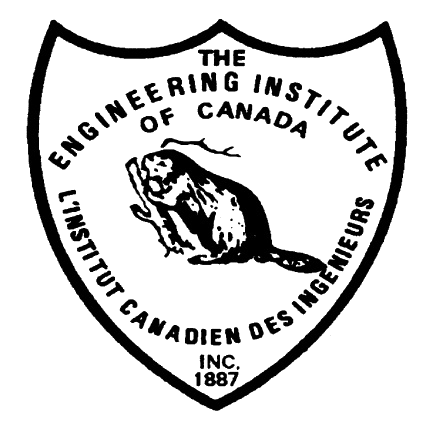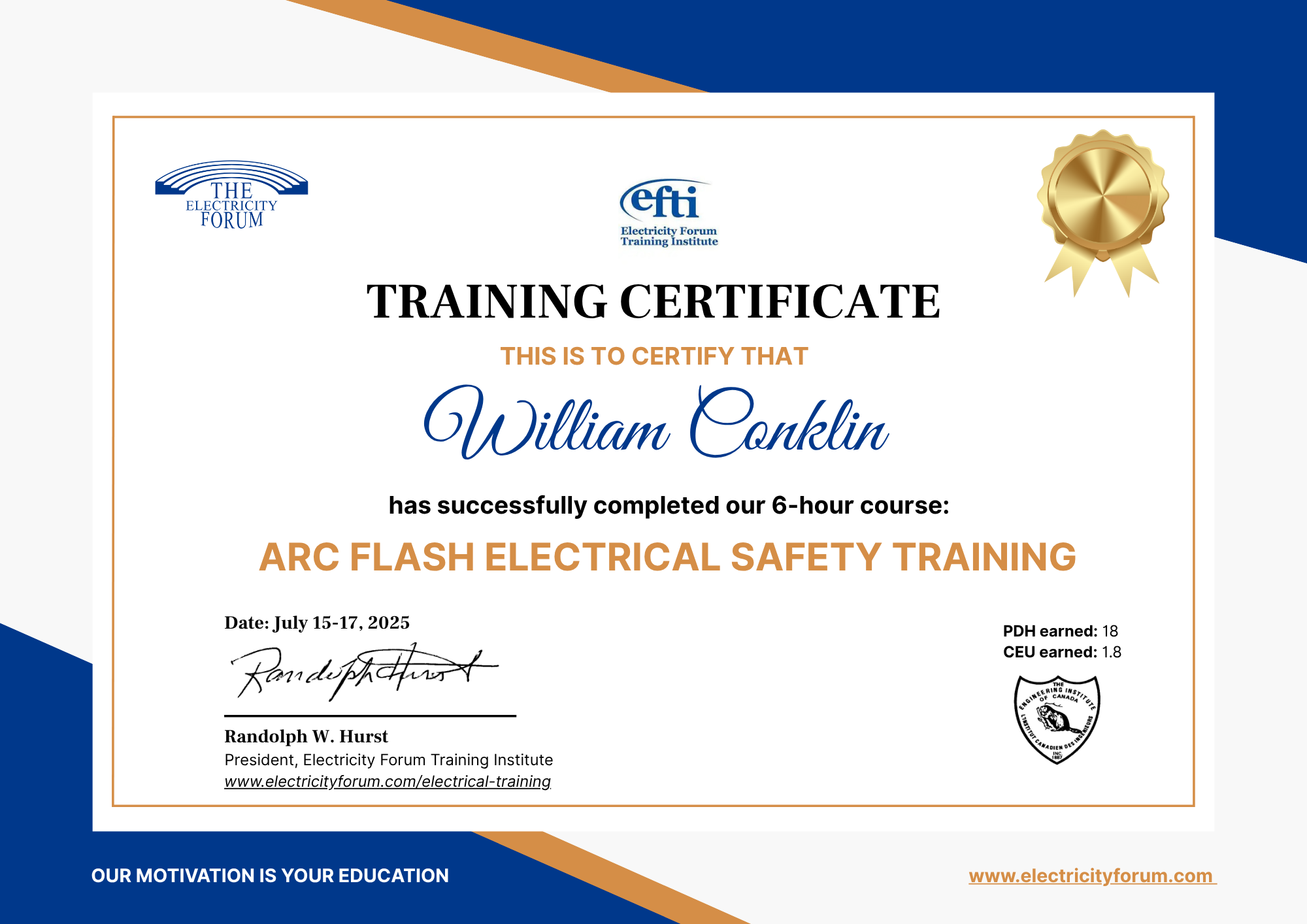The Power System Modeling and Simulation Training course will analyze all aspects related to the:
- Electrical Power Flow during Normal Operation
- Optimization Of Electrical power Flow and Sizing
- Electrical Power Flow During Abnormal Operation, as described below.
- Transients Status of the Electric Power System
- Dynamic Loads Behavior and how they affect the Power System
- Special Investigation of the Electromagnetic Field
- Harmonics Generated into the Power System caused by switching or none linear magnetic core saturation
- Special case of resonance or traveler waves in correlation to the Grounding System
A severe short circuit fault in your power system can have catastrophic consequences.This makes short circuit study training fundamental. Fault levels vary from system to system, and location to location. Our training will help you to calculate the maximum available short circuit current at various points throughout the system. Calculated values are then used to evaluate the application of protective devices, and to develop circuit breaker trip settings, which is part of a Power System Coordination Study.
The reliability and safety of electric power distribution systems depend on accurate and thorough knowledge of short-circuit fault currents that can be present, and on the ability of protective devices to satisfactorily interrupt these currents. Knowledge of the computational methods of power system analysis is essential to engineers responsible for planning, design, operation, and troubleshooting of distribution systems. Such knowledge is necessary to determine the interrupting requirements of circuit breakers and fuses, the mechanical and thermal requirements of devices exposed to fault currents, and to perform protection and coordination studies. A full and complete understanding of short-circuit fault currents is essential for the proper and safe coordination of power system coordination and arc flash mitigation.
This 12-hour live online instructor-led engineering course will provide students with an in-depth review of fault analysis problems in industrial, commercial and institutional power systems and provide the means for solving such problems, and discusses the impact of short-circuit fault currents on equipment selection. The course also highlights the differences in the computational approaches recommended in IEEE and IEC standards. A commercially available software program for performing fault analysis will be used by the presenter to solve example problems.
COURSE OBJECTIVES:
Upon completion of this course, the student shall be able to:
- Identify and Correct Electrical Problems Related to Over and Undervoltage.
- Perform Load Flow Calculation and Sizing
- Perform Optimization of the Electrical power Flow
- Sizing of the major Electrical Equipment and Power Cables
- Calculation Of the Electromagnetic Field stressing the insulation
- Grounding Calculation
- Estimate Resonant System and traveler waves on the Power System
- Utilization of Plant Equipment.
- Perform Per-Unit Calculations.
- Define Short Circuit Calculations and Methods.
- Develop the Procedures for Selecting Medium Voltage NEMA Class E2 Motor Starters.

















